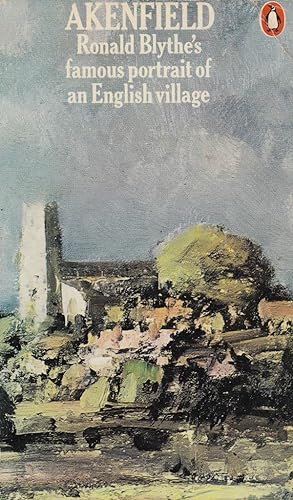Becalmed in Heathrow after a cancelled flight returning from Portugal this fall, I picked up Alexandra Harris’ Weatherland (2015) to ease the wait. Last night I finished it. Why so long? Well, it was a busy time, and I dipped in and out between work travel and renovations. Frankly, at times like that, nothing other than fiction gets more than a page read at bedtime before oblivion. But I also savoured it. This is not a book to be rushed. It’s a beautifully written liberal arts education in paperback.
Harris goes back centuries to track the influence of weather and seasonal cycles on art and literature, and in doing so, tracks changes in awareness as well as public preferences fads in scenery. For instance she records Robert Burton’s observation in the early 1600s, in Anatomy of Melancholy, how “thick, cloudy, misty, foggy air or such as comes from fens, moorish grounds, lakes and muckhills” (p. 120) uniformly lower spirits. (Rod Giblett would say not much has changed in public perceptions of wetlands.)
Later, in the 1700s, the English idealize the Italian landscape, and painters like Richard Wilson tried to capture those moments when the English light matched that of the Mediterranean, like the paintings of Claude Lorrain from the previous century. I loved Harris’ description of the ‘Claude glass’ which was a small mirror carried to help late 18th century tourists get the painterly effect on a dreary day. Comically, users turned their back on the landscape and viewed it in reflection, the light changing toward the sublime thanks to the mirror backing. We cannot look back in anything like superiority given the popularity of the selfie stick.
Fast-forward a hundred years to the Victorian tourist for whom the fad was not light but shade, and public ferneries and the miniature, dappled, dripping landscapes they foster. I can relate. This attention to small scale makes me think of Macfarlane’s revelation in The Wild Places, as well one of my favourite quotes about Sable Island, in the Introduction of McLaren’s 1981 Birds of Sable Island:
A much travelled colleague has remarked that he has been in places more beautiful than Sable Island, but has seen more beauty there than anywhere else. The expansive seascapes and dunescapes, magnificent yet ‘dreary’ to some 19th century writers, soon force one’s attention to the smaller scale.
Harris moves forward to the poetry of Ted Hughes in the 20th century, for a distinct lack of the romantic in weather. Rather, life and death, as well as livelihood: of mending a tractor in the cold: “Hands are wounds already / Inside armour gloves” and “Between the weather and the rock / Farmers make a little heat”. She finishes in this century, as was inevitable, on climate change and how we should respond. There is little art and literature yet to draw upon here, but again scale is evoked (p. 386): “small alterations in familiar places can disturb us more than dystopian visions”. She invites us to savour and record now for remembering later: “certain plants in certain places, the light in the street after rain”, what she calls ‘intimate elegies’, reminding us that “in the sadness there is room for celebration.”


